Black Myth: Wukong – an action role-playing game that has been making waves worldwide, attracting over 2.2 million users upon its release. Not only has it garnered impressive sales figures, but the game also captivates players with its rich narrative, drawing in both seasoned gamers and those unfamiliar with the genre.
Black Myth: Wukong from Game Science: The “God of War of China”
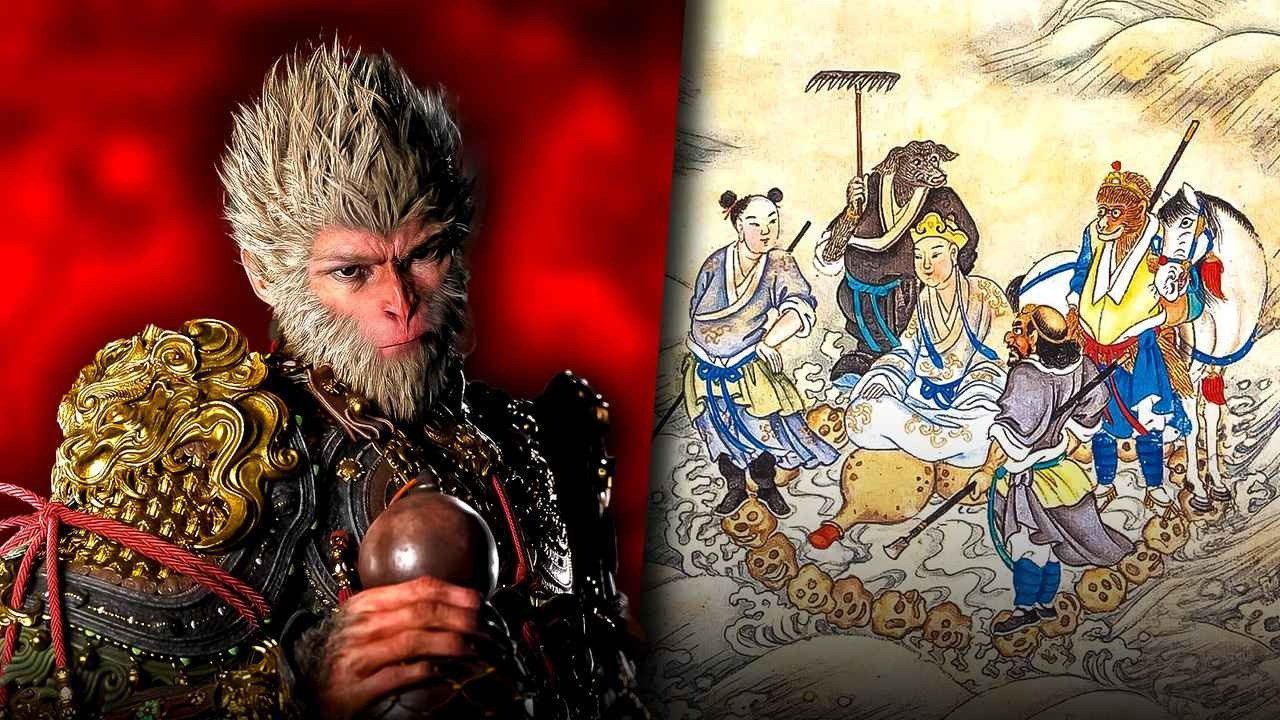
The game’s storyline is not a straightforward adaptation of the classic Journey to the West but rather a fresh take that expands upon the adventures of the Monkey King, Sun Wukong, after he attains enlightenment.
The Legacy of “Journey to the West” Resonates Globally
After achieving his spiritual goals, Sun Wukong embarks on a journey to the West, where he encounters various divine beings. His character evolves as he grapples with the responsibilities of enlightenment while facing adversaries who challenge his newfound power.
However, Wukong chooses to reject the role of a Buddha, escaping the constraints of authority and instead embracing his freedom, becoming a trickster deity. The narrative unfolds in a fantastical realm where he encounters challenges from celestial beings and demonic forces, leading to intense confrontations that test his abilities.
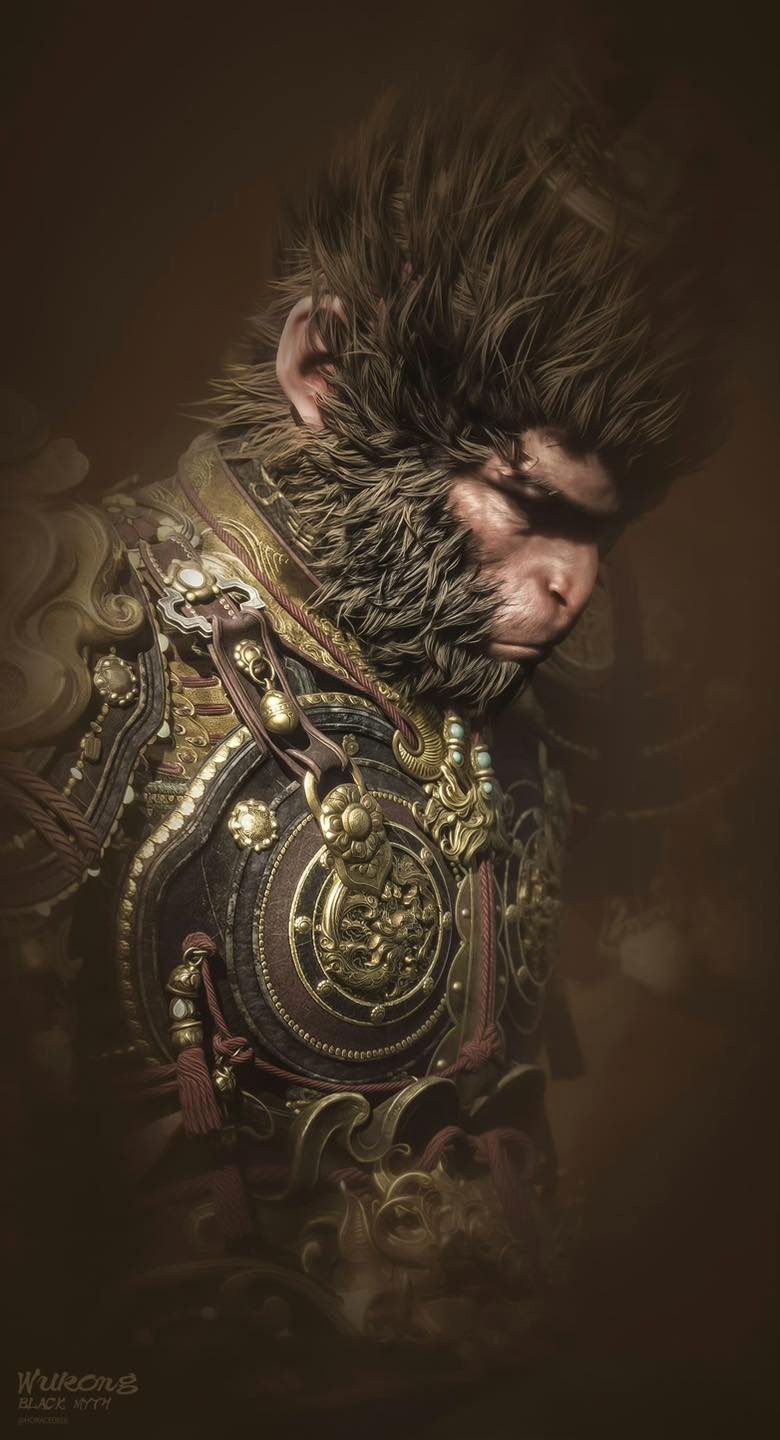
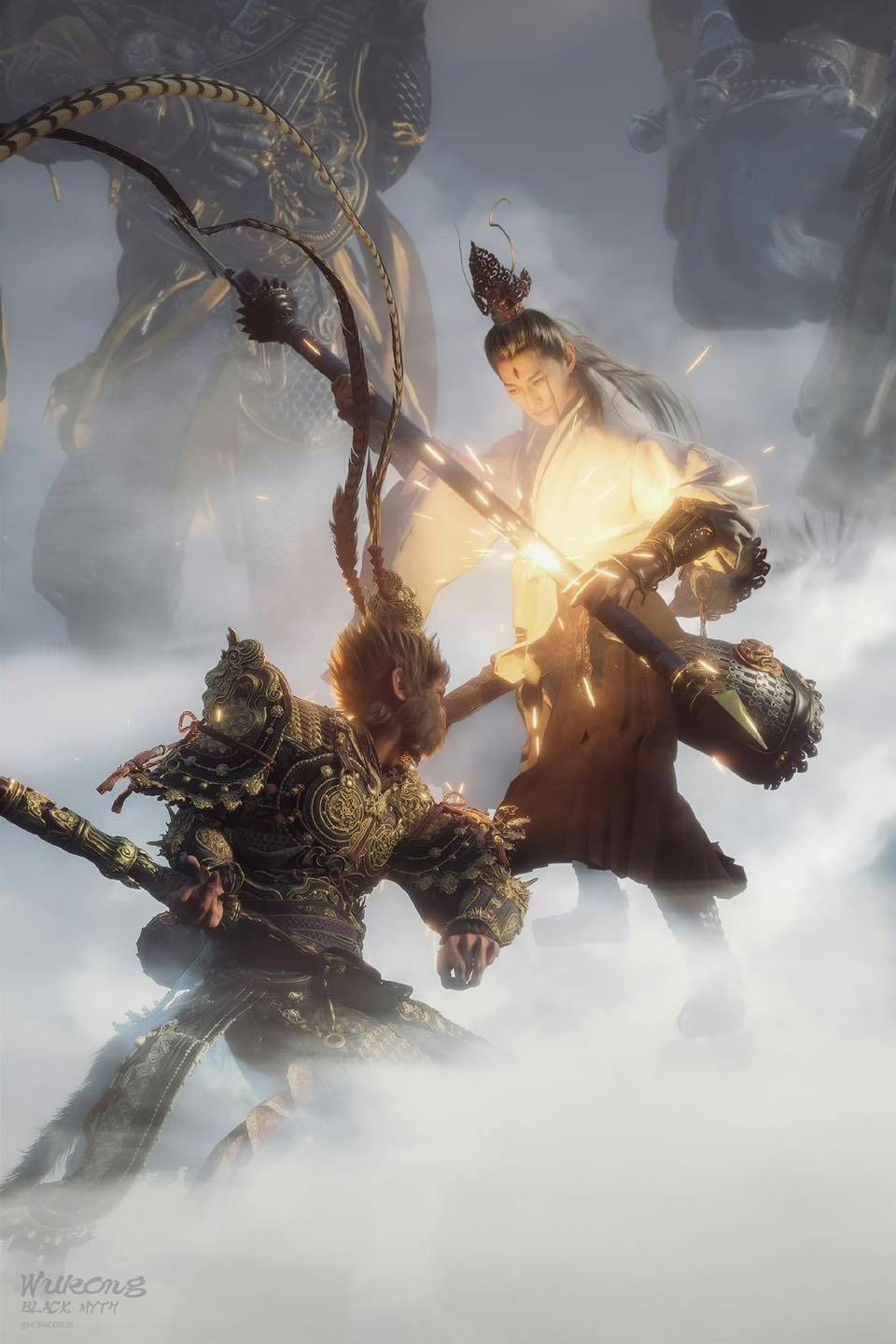
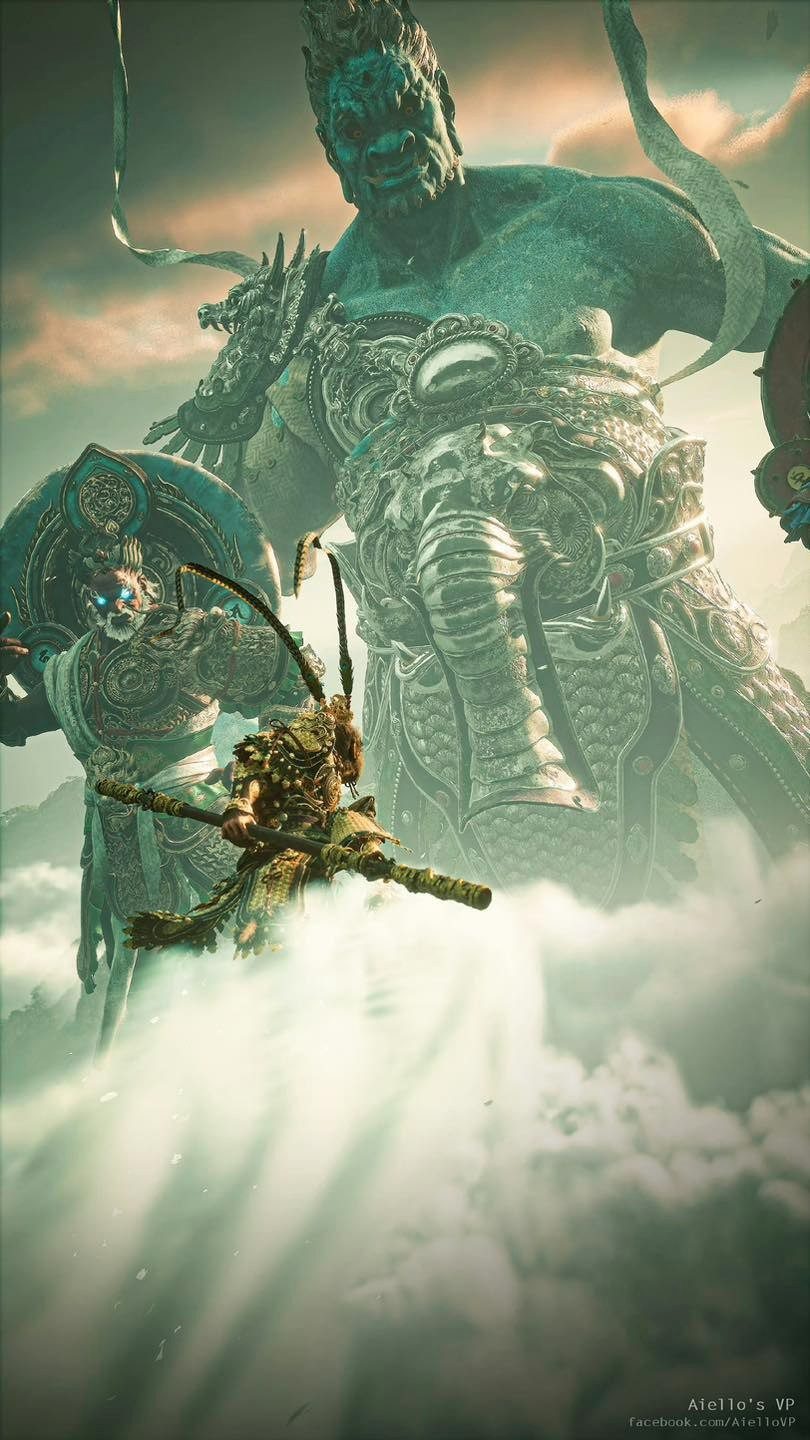
The storyline centers on the epic battles between Wukong and the celestial being, Nezha. As the conflict escalates, Wukong’s abilities are put to the test, leading to a thrilling narrative that blends action with deep character development.
Set against a backdrop of stunning visuals and intricate designs, Black Myth: Wukong immerses players in a world where myth and magic intertwine. The game’s graphics and mechanics have been highly praised, providing a cinematic experience that enhances engagement.
While Black Myth: Wukong does not aim to be a faithful retelling of Journey to the West, it effectively incorporates essential elements from the classic work, allowing players to understand the rich lore that unfolds during gameplay.
A standout feature recognized by many players is the game’s attention to character development, with even minor characters receiving substantial backstories. In addition to the main plot, the game explores the romantic entanglements of its characters, particularly the relationship between Wukong and the goddess of the moon, Chang’e, which has drawn considerable interest.
The developers have crafted intricate narratives for Wukong that highlight his journey from being a rebellious trickster to a central figure in the celestial hierarchy.
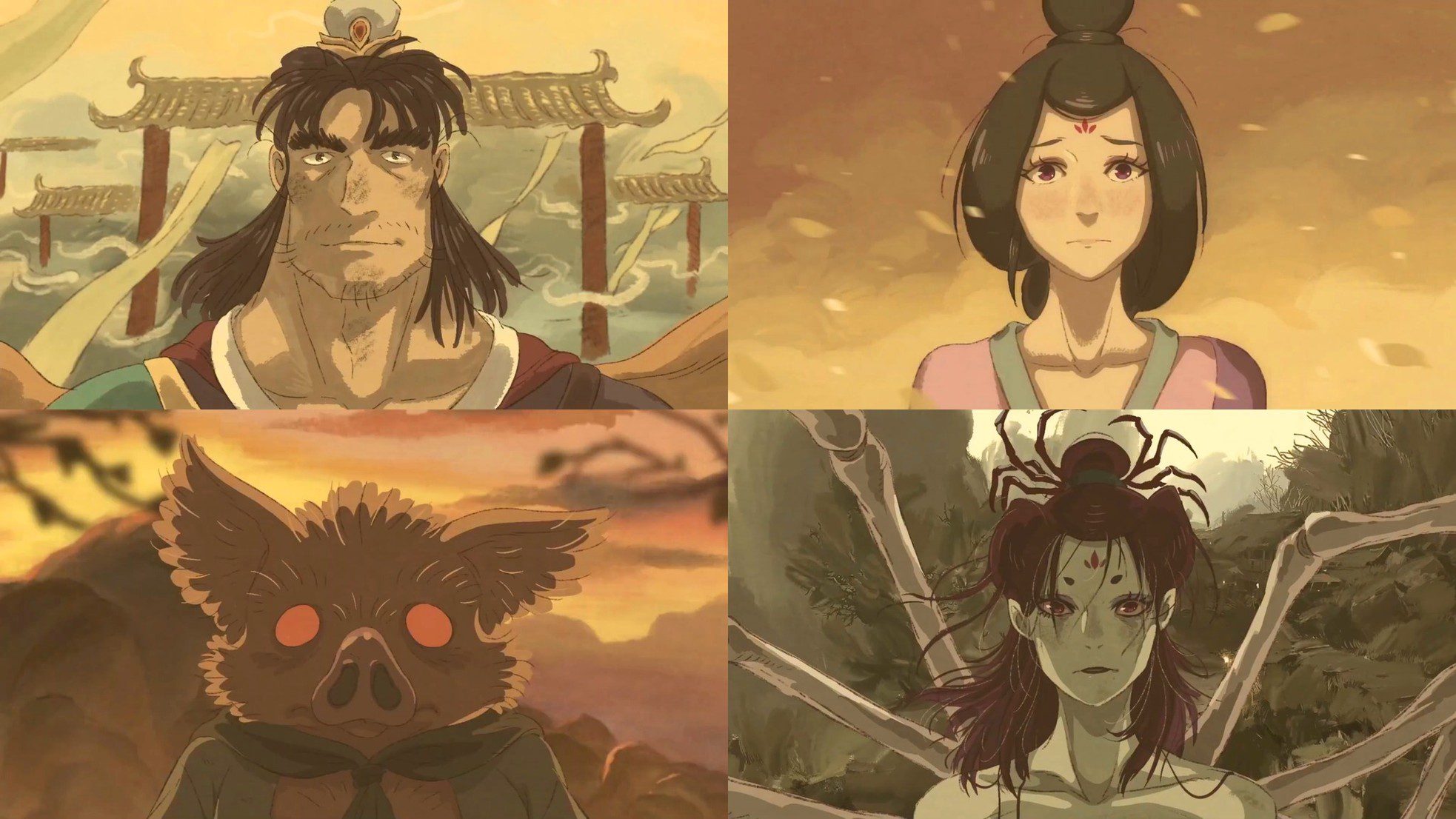
As Wukong continues to explore his identity, the story deepens, revealing his connections to various mythical beings and the challenges he faces in a world governed by both order and chaos. The evolving relationship between Wukong and Chang’e adds a layer of complexity to the narrative, making it even more compelling.
With its release, Black Myth: Wukong sold 10 million copies within just three days, showcasing its immense popularity.
In an interview with Global Times, Yang Qi, the art director of Game Science, shared that the team traveled throughout China to study cultural relics, ancient temples, and sculpture art to recreate these elements authentically in the game.
“Certainly, this game will benefit from public interest in these architectural structures, especially in the realm of heritage,” he added. Yang emphasized that integrating cultural heritage into gaming can enhance player engagement and appreciation for the historical context.
As Black Myth: Wukong continues to capture the hearts of players, it stands as a testament to the rich cultural narratives that can be explored through the medium of video games, bridging the gap between traditional stories and modern gameplay.





















